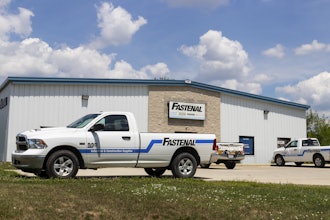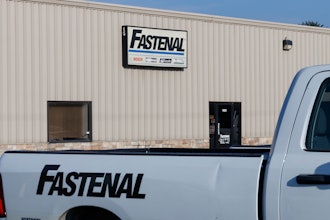
Have you ever left your ATM card in the machine or the original document in the copy machine? Have you ever sent an e-mail but forgot to include the attachment? These are called post-completion errors. A post-completion error is an error of omission — an unintentional slip, blunder or oversight. This error happens after you complete a goal or finish a task.
How often do your customers experience post-completion errors?
Salespeople inadvertently commit these errors which include poor follow-up, poor communication, incomplete paperwork, incomplete ordering, missed delivery details, etc. Details slip through the cracks, and the customer becomes frustrated. Customer frustration equals customer attrition.
Salespeople falsely assume that closing a sale is the ultimate goal. Salespeople think, “The sale is made. My job is done.” Closing the sale is not the end, it’s the beginning. During the initial transition, the buyer’s greatest need is a smooth, seamless and painless transition. Are you making the transition smooth and seamless?
Creating a smooth and seamless transition leads to customer loyalty. A smooth transition differentiates your organization. Price becomes less of an issue when you provide a pain-free transition. Here are three tips to create a smooth, seamless and pain-free transition.
Adjust Your Attitude
Attitude drives behavior. We move in the direction of our thoughts. If you view the sale as the ultimate goal, then you’re finished when the sale is made. What if you viewed the sale as the beginning? Viewing the sale as the starting point helps you see new ways to create value and provide a better customer experience.
Clarify Expectations
In a value-added sale, you maximize perceived value which raises the buyer’s expectations. At this point, the buyer expects a lot from your solution. Your new goal is to exceed the buyer’s expectations during the transition.
After the sale is made, clarify the buyer’s expectations. Ask the buyer, “Now that we are moving forward, what do you expect from us during this transition?” If you don’t know the buyer’s expectations, you can’t exceed them.
Build a Web of Relationships
During the transition, different departments are involved. Each touchpoint is an opportunity to build deeper relationships with your customer. Identify who else will be involved. Ask your customer, “During this transition, what other departments or individuals get involved?” Every new contact is another strand in the web. The more strands, the stronger the web.
During the transition, you can also facilitate relationships between your company and the customer. One salesperson we trained introduced cross-functional departments to one another. For example, he introduced his technical department to the customer’s engineering department. He introduced his inside sales coordinator to the procurement department. Building a web of relationships will strengthen the customer’s bond to your company.
 Paul Reilly, President of Reilly Sales Training
Paul Reilly, President of Reilly Sales TrainingThe salesperson makes the first sale, but the customer experience sells the next and the rest. To build a better experience, adjust your attitude and view the sale as the starting point. During the transition, clarify the buyer’s expectations and build a web of relationships. Too many salespeople view closing the sale as the ultimate goal. The sale is not the end, it’s just the beginning. How do you view the sale?
Paul Reilly is president of Reilly Sales Training, a St. Louis-based, privately-owned company that specializes in training sales professionals, sales managers and service professionals. Call Paul at 636-778-0175 or email [email protected].























